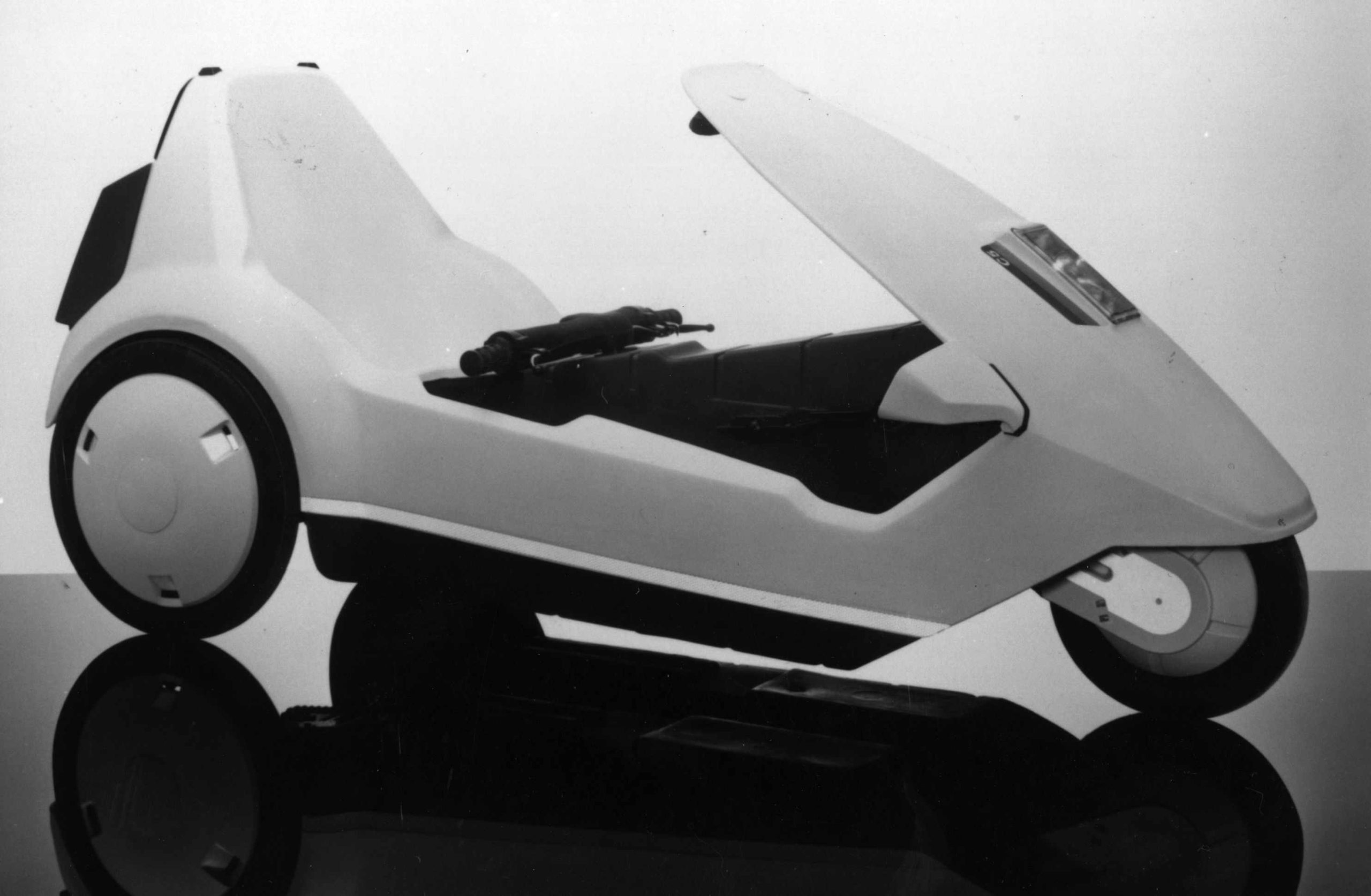Introduction
In the world of electric vehicles, there are success stories and then there are cautionary tales. The Sinclair C5 falls into the latter category. Designed by the brilliant British inventor and entrepreneur, Sir Clive Sinclair, the C5 was a vehicle ahead of its time. It aimed to revolutionize personal mobility in urban areas by providing an affordable and environmentally friendly mode of transportation. However, despite its ambitious goals, the Sinclair C5 ultimately met with failure. In this article, we’ll delve into the rise and fall of this iconic yet ill-fated electric vehicle.
The Vision of Sir Clive Sinclair
Sir Clive Sinclair was no stranger to innovation. He had already made a name for himself with inventions like the pocket calculator, pocket TV, and color game consoles. In the late 1970s, Sinclair set his sights on the automotive industry. He envisioned creating an electric vehicle that would disrupt the market, offering an affordable, fun, and eco-friendly alternative to traditional cars. At the time, the concept of global warming was not yet at the forefront of public consciousness, so the primary selling point of the C5 was its low operating costs.
The Unveiling of the Sinclair C5
By 1983, rumors were swirling that Sinclair was working on an electric car. This generated significant buzz in the industry, with established automakers wondering if they had a new competitor to contend with. The anticipation reached its peak on January 10, 1985, when the Sinclair C5 was unveiled at Alexandra Palace in North London. The event was glitzy, with eye-catching visuals and a sense of excitement in the air. However, the reality of the C5 fell short of the grand expectations.
The Flaws of the Sinclair C5
The Sinclair C5 was marketed as an electric vehicle, but in reality, it was more like an electrically-assisted pedal trike. It featured a one-seat, three-wheeled design that sat incredibly close to the ground. The lack of protection from the elements and limited visibility on the road were immediate drawbacks. Journalists and critics were quick to point out the numerous flaws of the C5, including its performance, safety, and overall design.
Performance Issues
Powered by a 250 W motor and a 12-volt lead-acid battery, the C5 had a two-stage gear drive and pedals in the front. The idea was that the pedals would provide additional assistance, but in practice, the C5 struggled to handle even minor inclines without overheating. The advertised top speed of 15 mph (24 kph) and per-charge range of 20 miles (32 km) proved to be exaggerated. Real-world tests revealed a maximum speed of 12.5 mph (20.1 kph) and a range of just 10 miles (16 km), which decreased even further in cold weather.
Safety Concerns
Perhaps the most damning criticism of the Sinclair C5 was its safety record. The polypropylene body offered no protection to the rider from either traffic or the elements. Its low profile made it virtually invisible to drivers, increasing the risk of accidents. The lack of stability was another major concern, with the C5 prone to toppling over during sharp turns. In an era where safety regulations were less stringent than today, it was clear that the C5 fell short in this crucial aspect.
Negative Media Reception and Financial Fallout
The unveiling of the Sinclair C5 took place on a snowy January day, which only added to the negative media reception. Journalists were quick to criticize every aspect of the vehicle, leading to a sharp decline in public interest. Despite having 14,000 units already built and ready to ship, Sinclair Vehicles entered into receivership by August of the same year. The dream of producing 100,000 units in the first year and half a million thereafter quickly turned into a financial nightmare. Only around 5,000 units were sold during production, and many were returned due to various issues.
Legacy and Cult Status
Despite its failure in the market, the Sinclair C5 has achieved a certain cult status over the years. Today, some enthusiasts are willing to pay as much as £5,000 ($6,820) for a well-preserved C5. Owners can modify and restore these vehicles, showcasing them at meet-and-greets and events. While the C5 may not be a symbol of status, it is seen as a badge of honor for those who appreciate its unique place in the history of electric vehicles.
Conclusion
The Sinclair C5 was a bold and ambitious attempt at redefining personal mobility. Sir Clive Sinclair’s vision of an affordable and eco-friendly electric vehicle captured the imagination of many. However, the C5’s numerous flaws, including performance issues and safety concerns, ultimately led to its downfall. Despite its failure, the C5 remains a fascinating chapter in the history of electric vehicles. It serves as a reminder that innovation comes with risks, and even the most brilliant minds can be met with setbacks.

